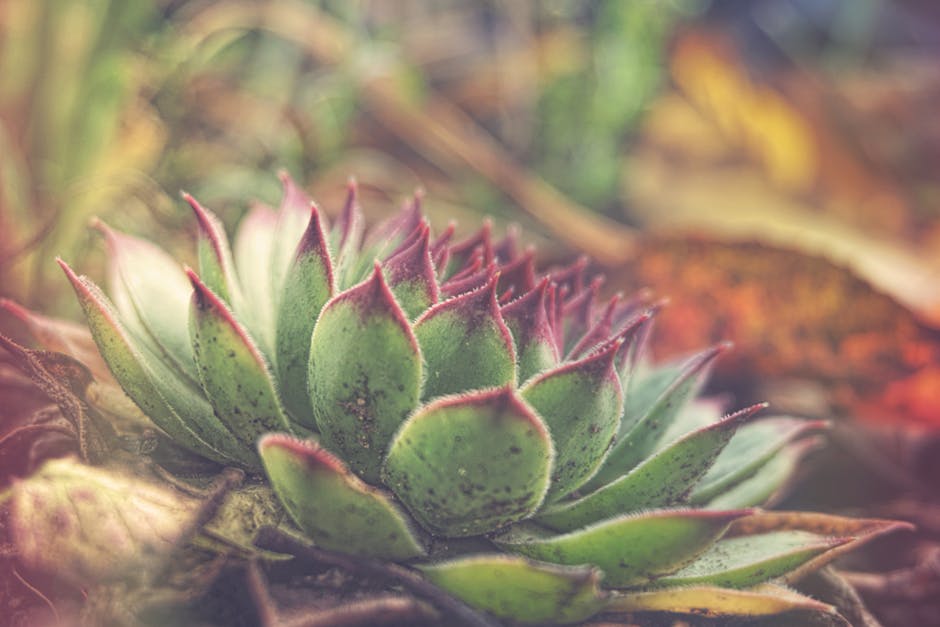Embark on your vertical succulent garden journey with confidence by steering clear of these common pitfalls!
Choosing the Right Container
One of the crucial mistakes to avoid when creating a vertical succulent garden is using the wrong container. The container choice significantly impacts the health and growth of your succulents. Opt for containers that allow proper drainage to prevent root rot and ensure adequate space for growth. The size of the container is also essential, as overcrowding can lead to competition for resources among the plants.
When selecting a container for your vertical garden, consider the material as well. Plastic containers may retain more moisture than terracotta or ceramic ones, potentially causing issues for succulents that prefer drier conditions. Wooden containers can add a natural look to your garden but may deteriorate over time due to moisture exposure.
Another common mistake is not considering the weight of the container once filled with soil and plants. A sturdy support structure is necessary for vertical gardens to prevent accidents and ensure the safety of the plants and individuals nearby. Lightweight containers may be preferable for wall-mounted gardens to reduce stress on the mounting system.
Understanding Sunlight Requirements
Ignoring the sunlight requirements of succulents can be detrimental to your vertical garden. Insufficient sunlight can lead to etiolation, causing the plants to become leggy and weak. Position your vertical garden in a location that receives adequate sunlight, especially if you have sun-loving succulent species.
On the other hand, excessive sunlight can also harm succulents, causing sunburn or heat stress. Be mindful of the intensity and duration of sunlight exposure, especially during peak hours. Rotating your vertical garden or providing some shading during the hottest part of the day can help mitigate these issues.
Indoor vertical succulent gardens require careful consideration of lighting conditions. Supplemental grow lights may be necessary to provide sufficient light for the plants, especially in spaces with limited natural light. Choose the right type of grow light based on the needs of your succulents to support healthy growth.
Remember that different succulent species have varying sunlight requirements. Research the specific needs of the succulents you plan to include in your vertical garden to ensure they thrive in their environment. Mixing plants with similar light preferences can help simplify your care routine and promote harmonious growth.
Proper Soil Selection
One of the common pitfalls in vertical succulent gardening is neglecting the importance of proper soil selection. Succulents thrive in well-draining soil that allows excess moisture to escape quickly. Heavy, water-retentive soils can lead to root rot and other issues, compromising the health of your plants.
Sandy or cactus soil mixes are ideal choices for succulents, providing the right balance of drainage and aeration. Avoid using regular garden soil, which tends to compact and hold onto water. Adding perlite or pumice to your soil mixture can further enhance drainage and prevent waterlogged conditions.
Before planting your succulents in a vertical garden, prepare the soil mix by ensuring it is well-draining and nutrient-rich. Consider the nutritional needs of succulents, which typically prefer lean soils with minimal organic matter. Monitoring soil moisture levels regularly is essential to prevent overwatering and maintain the health of your plants.
Watering Techniques
Overwatering is a common mistake that can spell disaster for vertical succulent gardens. Succulents are adapted to survive in arid conditions by storing water in their leaves, stems, or roots. Waterlogged soil can cause these plants to rot and die. Establish a watering schedule based on the moisture needs of your succulents and the environmental conditions.
When watering your vertical garden, apply water directly to the root zone of the plants rather than spraying the entire structure. Allow the soil to dry out between waterings to prevent issues like root rot. Using a moisture meter can help you gauge the soil moisture level accurately and avoid overwatering.
Consider factors such as seasonal variations and indoor humidity levels when determining your watering frequency. Succulents may require more water during their active growth period and less during dormancy. Adjust your watering routine accordingly to meet the changing needs of your vertical garden.
When in doubt, remember that it’s better to underwater than overwater succulents. These plants are more resilient to drought than excess moisture. Observe the signs of dehydration in your succulents, such as wilting or shriveling, and adjust your watering practices to promote optimal plant health.
Maximizing Your Vertical Succulent Garden Potential
Elevate your green space with a vertical succulent garden and enjoy the beauty of nature blooming upwards. Remember to avoid these mistakes and watch your garden thrive.


